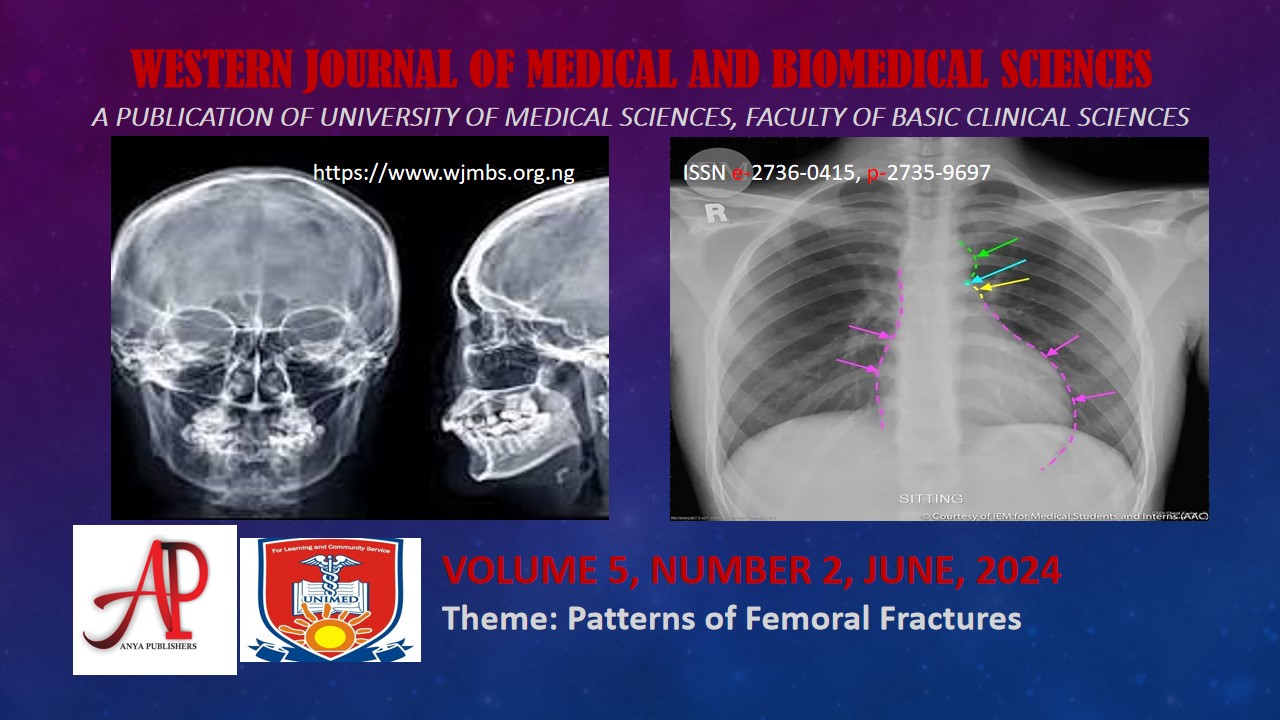Prevalence of HIV/AIDS Disclosure and Disclosure Patterns Among Young Adults Living with HIV/AIDS in Abuja Municipal Area Council, Nigeria
Keywords:
Abuja, Disclosure, HIV/AIDS, Young AdultsAbstract
HIV/AIDS remains a significant public health challenge globally, with Nigeria carrying a substantial burden, particularly among young adults. Disclosure of HIV status is crucial for accessing care and preventing transmission but often faces stigma and fear. Understanding disclosure patterns among young adults is vital for effective intervention strategies. Therefore, this study examines disclosure patterns among young adults living with HIV/AIDS attending ART clinics, the reasons behind nondisclosure, and the factors associated with HIV status disclosure. A descriptive cross-sectional study was conducted among young adults (aged 13-35 years) living with HIV/AIDS in Abuja, Nigeria. A sample size of 500 was used and data were collected using semi-structured questionnaires and analyzed using SPSS software. Chi -square was used to determine the factors associated with HIV status disclosure. Sexual transmission was the primary mode of HIVacquisition (90%), with most individuals becoming aware of their status between 21-30 years. Nearly all participants (91.6%) disclosed their status, primarily to parents (94.3%), citing the need for medical support (90.0%). Fear of neglect and stigma (92.7%) were significant barriers to disclosure, with only 5.7% disclosing to spouses. Positive responses (99.4%) were reported post-disclosure, but adverse outcomes included domestic abuse (14.2%) and abandonment (15.5%). Efforts to combat HIV/AIDS should address barriers to disclosure, promote open communication, and encourage timely testing. Interventions should target young adults, emphasizing disclosure to sexual partners, and provide support to mitigate stigma and its consequences. By addressing these challenges, we can enhance HIV/AIDS management and prevention strategies among young adults in Nigeria.

